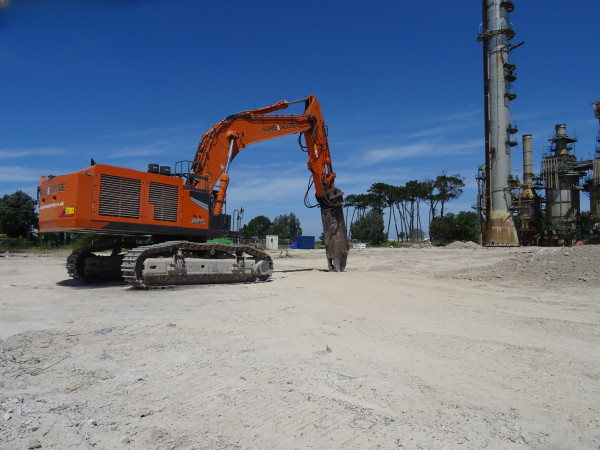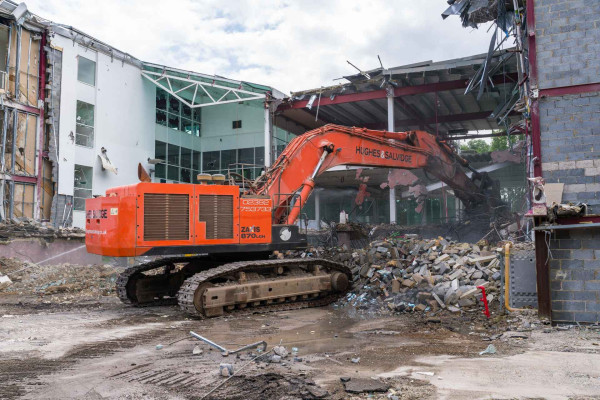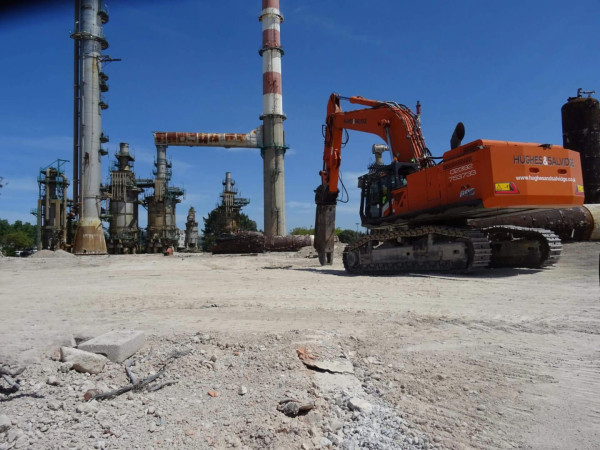Navigating Asbestos Removal: Licensed vs. Non-Licensed Approaches
Luke Gould 22nd January 2024
Understanding the distinction between licensed and non-licensed asbestos removal procedures is crucial for ensuring safety and compliance with regulations.
Asbestos poses significant health risks, and its proper removal is governed by strict guidelines in the UK. Let's explore the key differences between licensed and non-licensed asbestos removal.
Licensed Asbestos Removal: Precision and Expertise
Overview:
Licensed asbestos removal is the go-to approach for high-risk asbestos-containing materials (ACMs). These materials have the potential to release a significant amount of asbestos fibres when disturbed, posing severe health risks. As such, licensed removal is reserved for the most hazardous scenarios.
When is it required?
Licensed asbestos removal is mandated for work involving asbestos insulation, asbestos insulating board (AIB), and any task likely to generate airborne asbestos fibres. This includes complex removals in environments such as industrial facilities, hospitals, and larger-scale construction projects.
Process:
The removal process is meticulous and carried out by licensed contractors with specialised training. It involves a detailed risk assessment, planning, and execution in adherence to strict Health and Safety Executive (HSE) regulations. Air monitoring is conducted throughout the process to ensure minimal fibre release.
Non-Licensed Asbestos Removal: Lower Risk, Controlled Approach
Overview:
Non-licensed asbestos removal is suitable for lower-risk ACMs that are unlikely to release significant levels of fibres when handled. This category covers materials like asbestos cement found in roofing, gutters, and pipes.
When is it appropriate?
Non-licensed removal is deemed appropriate for minor tasks where the risk of fibre release is low. This includes the removal of textured coatings, floor tiles, and certain asbestos cement products. However, the decision to opt for non-licensed removal hinges on a thorough risk assessment.
Process:
While the risk may be lower, the removal process still adheres to stringent safety protocols. Trained personnel use controlled methods to minimise fibre release, employing techniques such as wetting materials to prevent dust and using suitable personal protective equipment (PPE).
Choosing the right approach:
Risk Assessment:
The key determinant in choosing between licensed and non-licensed removal is the risk assessment. A comprehensive evaluation of the type of asbestos, its condition, and the potential for fibre release guides the decision-making process.
Regulatory Compliance:
Both licensed and non-licensed removal must adhere to the Control of Asbestos Regulations 2012. Failure to comply can result in severe penalties. Contractors undertaking either type of removal must be competent and hold the necessary certifications.
Cost Considerations:
Licensed asbestos removal typically incurs higher costs due to the complexity and expertise required. Non-licensed removal, while still demanding compliance with regulations, is generally more cost-effective for lower-risk scenarios.
Whether licensed or non-licensed, asbestos removal demands a commitment to safety and strict adherence to regulations. The choice between the two approaches hinges on the level of risk associated with the asbestos-containing materials in question. By conducting thorough risk assessments and engaging qualified professionals, property owners can navigate the complexities of asbestos removal with confidence, safeguarding both health and compliance.



